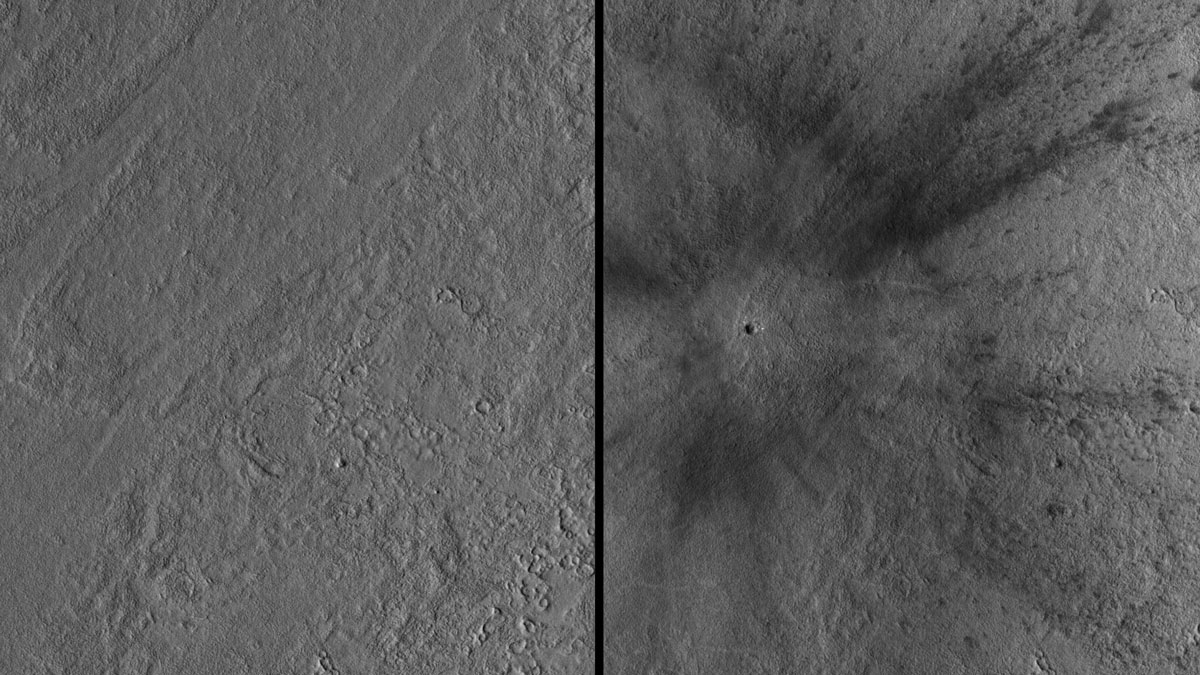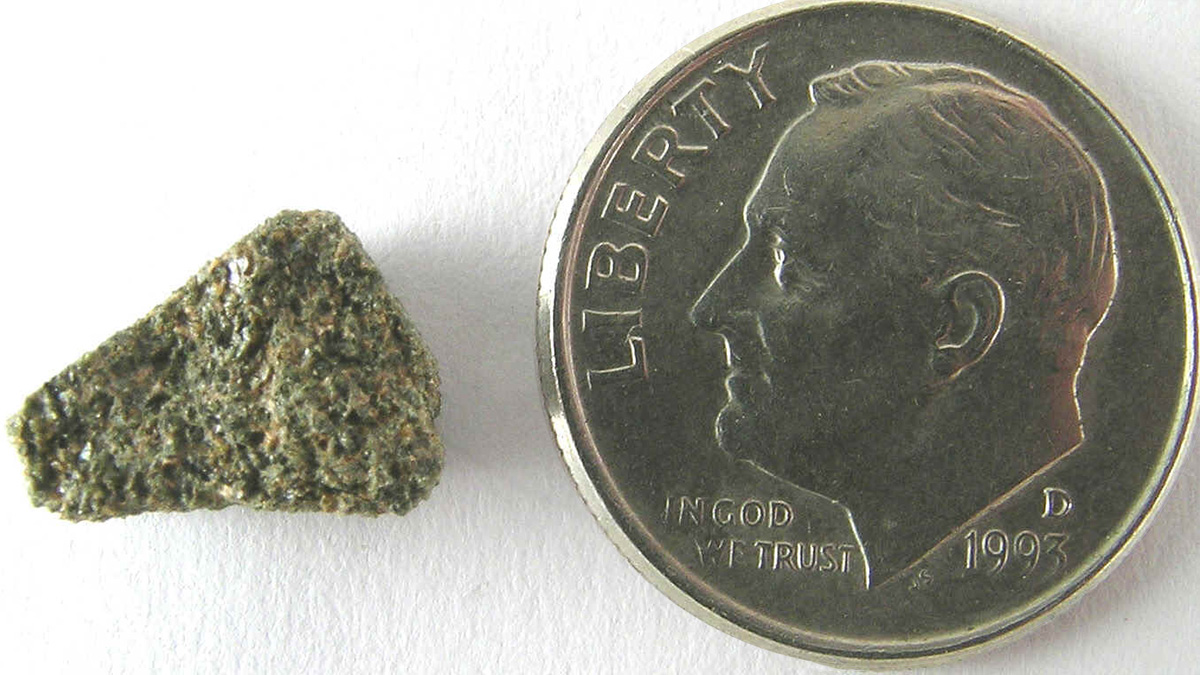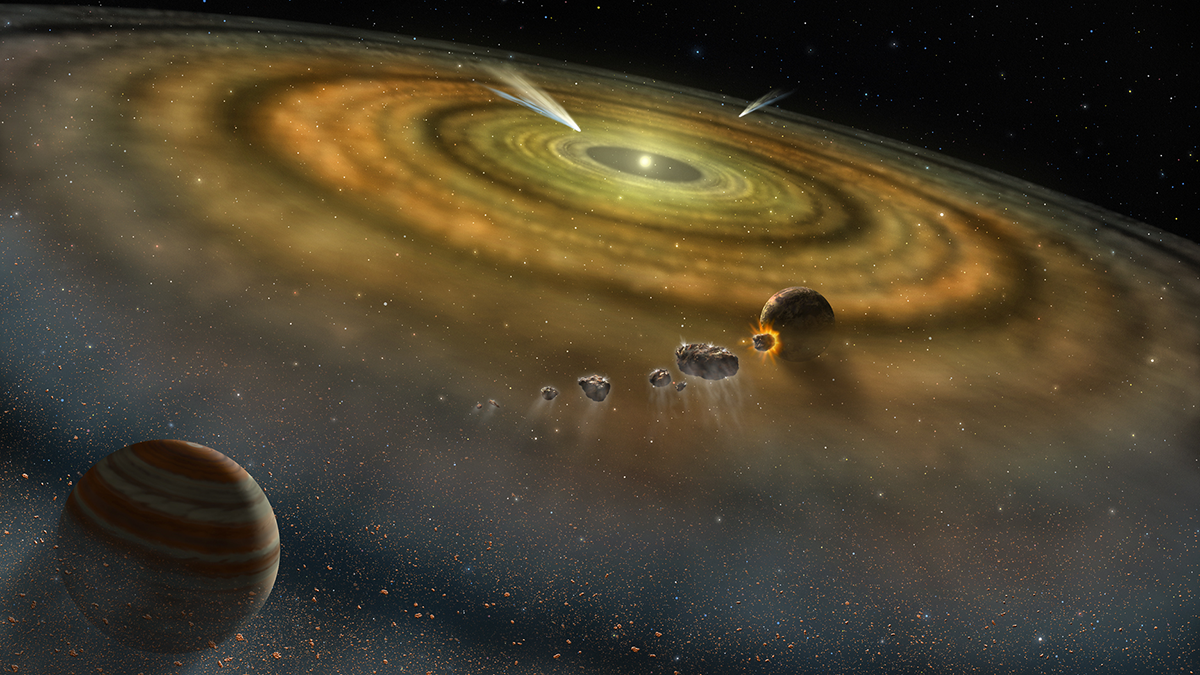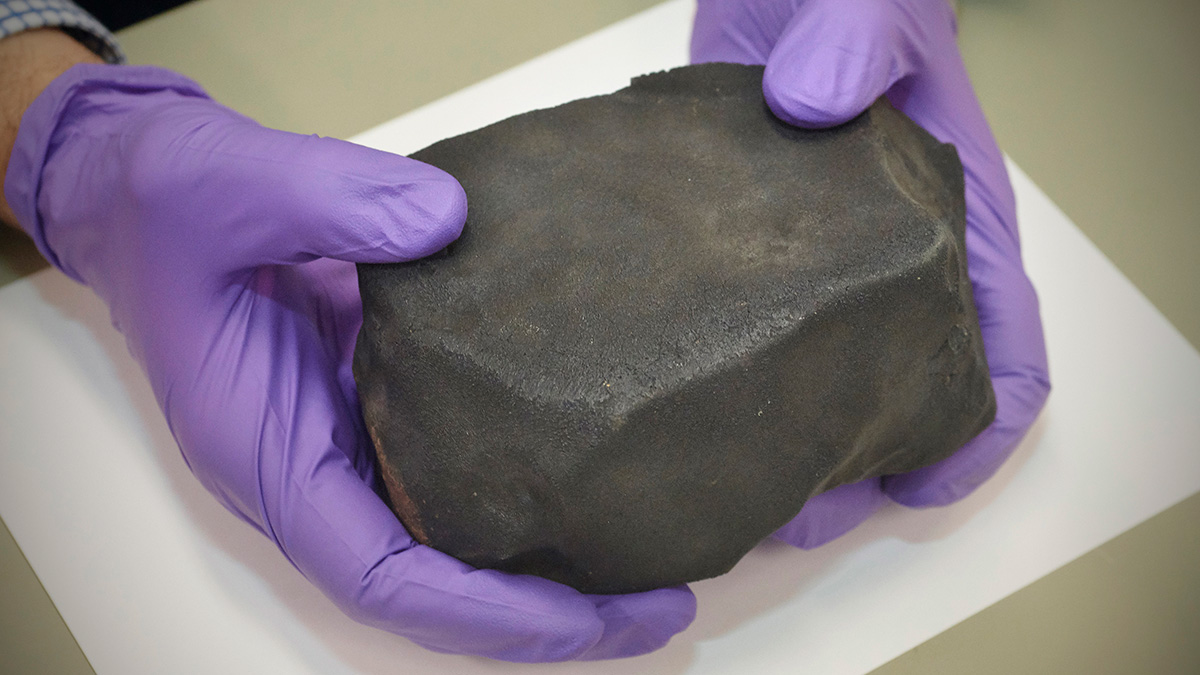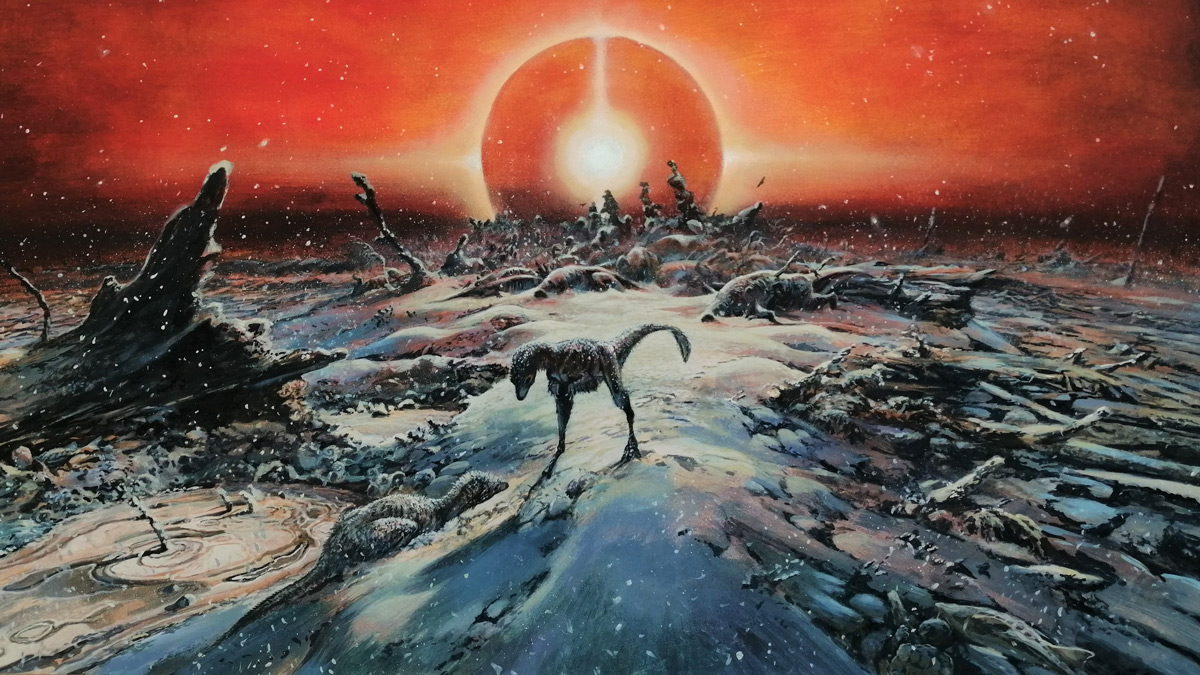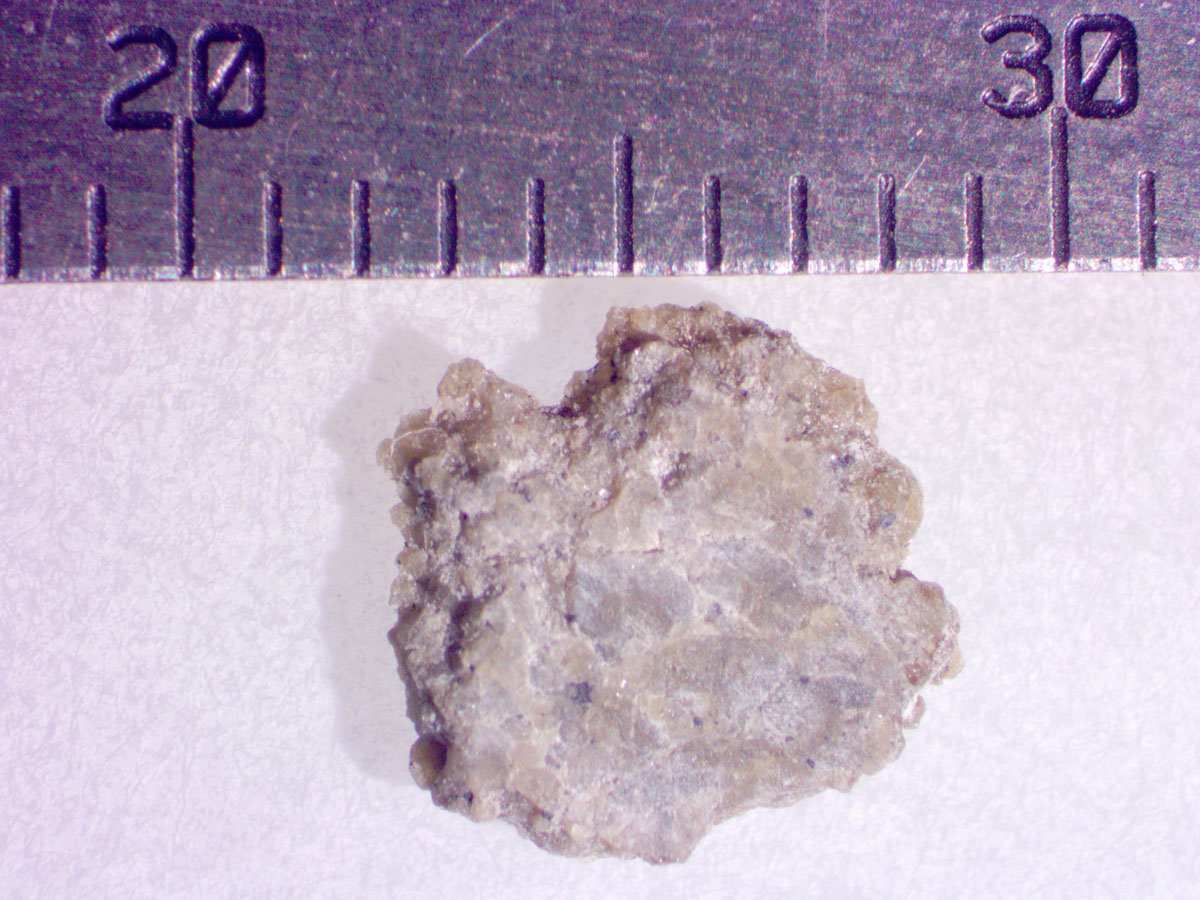The impact sent surface waves rippling over the Martian surface all the way to NASA’s InSight lander, giving scientists a rare view of the planet’s outer layer.
meteors & meteorites
Martian Meteorites Offer a Tantalizing Glimpse of the Red Planet
By studying these literal chunks of Mars, scientists are learning more about the Red Planet’s deep interior and impact history.
Isótopos de criptón proporcionan nuevos indicios sobre el pasado de los planetas
Para determinar cómo los elementos cruciales para el desarrollo de la vida llegaron a la Tierra, los científicos estudian los gases nobles. Actualmente, métodos mejorados traen consigo nuevos indicios a partir del criptón, el gas noble más enigmático.
Rare Meteorites Shed Light on Diamond Formation
By studying meteorites believed to be remnants of the catastrophic breakup of a dwarf planet, researchers are learning how lonsdaleite, a particularly hard type of diamond, forms in nature.
Tiny “Pancakes” Suggest Some Asteroids May Stay Active
Analysis of a meteorite that fell in Costa Rica shows that its parent body may resemble the asteroid Bennu.
A Post-Impact Deep Freeze for Dinosaurs
New research supports the hypothesis that dinosaurs were done in by climate change after an asteroid impact kicked up a massive plume of sulfur gases that circled the globe for several decades.
Community Scientists Recover Micrometeorites from Lake Michigan
A team of scientists, educators, and teenagers discovered the objects, some of which may have been delivered by a fireball that streaked across the sky in 2017.
Flipping the Sequence of Martian Formation
Analysis of the Chassigny meteorite suggests the planet acquired most of its interior volatiles from meteorites, not from the solar nebula.
Pushing the Limits of IR Spectra: Using Nano-FTIR on Meteorites
A new method, nano-FTIR, is used to examine microstructures and processes on grains, displaying its benefit for examining asteroid returned samples through a meteorite.
Krypton Isotopes Provide New Clues to Planets’ Pasts
To trace how crucial ingredients for life arrived at Earth, scientists track noble gases. Now, improved methods are drawing new clues from krypton, the most cryptic of noble gases.

